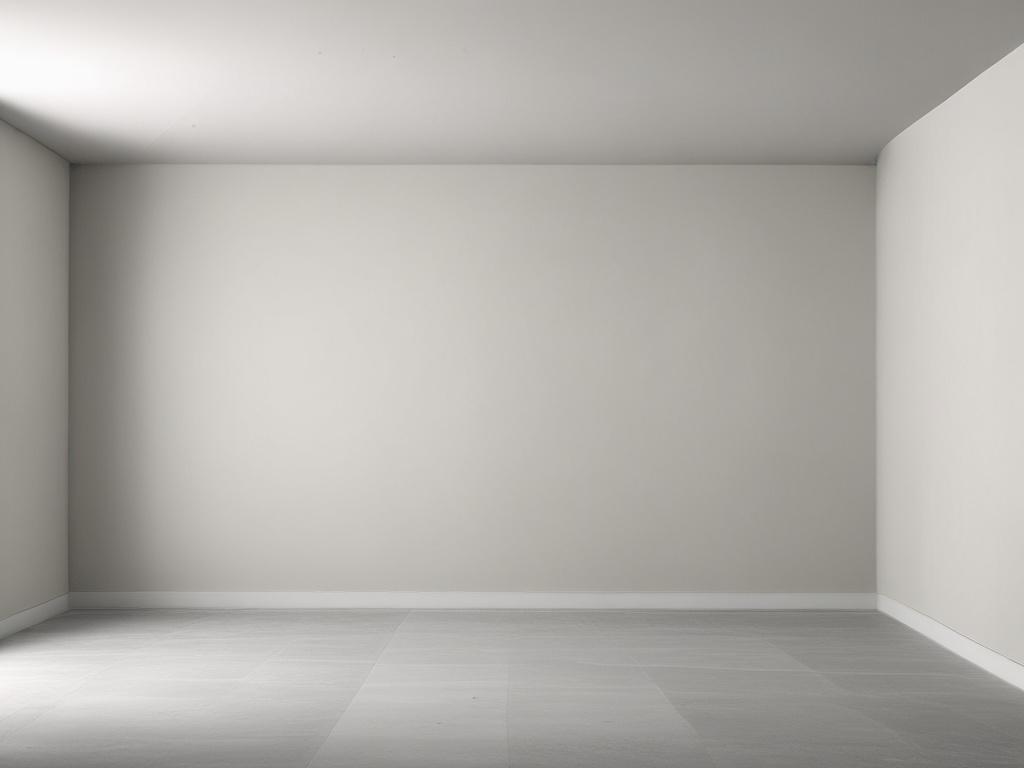
Drywall installation is a critical aspect of home construction and renovation that often gets overlooked, leading to a myriad of issues down the line. In Durham, NC, homeowners may encounter specific challenges related to the local climate and building practices, making it essential to understand these common pitfalls. From improper hanging techniques to inadequate finishing, these mistakes can compromise the quality and longevity of your walls.
This blog post will explain common issues people run into and how to avoid them, helping you achieve a flawless finish in your home.
Drywall installation can be deceptively simple, leading many homeowners in Durham, NC, to underestimate the potential problems. One common issue is improper cutting and sizing, which can create gaps or uneven surfaces. In a humid climate like Durham's, moisture can also become a significant concern, leading to mold growth if not managed properly. Additionally, inadequate support can cause sagging or cracking, particularly in larger sheets or seams. Understanding these fundamental issues helps homeowners recognize signs of trouble early on.
Another frequent problem arises during the finishing process. Poor taping or floating techniques often result in visible seams and uneven textures, detracting from your walls' overall appearance. Homeowners may also face difficulties with paint adhesion if the drywall isn't appropriately primed.
Careful planning and preparation can make all the difference when embarking on a drywall project in your Durham home. First and foremost, measure your walls accurately to ensure you purchase the appropriate amount of drywall. Overestimating or underestimating can lead to wasted materials or unnecessary trips to the store, both of which can frustrate your project timeline. Additionally, consider the humidity levels in your area; using moisture-resistant drywall can prevent mold growth, which is especially crucial in a humid climate like North Carolina's.
Another common pitfall lies in the actual installation process. Homeowners often overlook the importance of proper framing and support. Ensure your studs are spaced correctly—typically 16 inches on center—and adequately secured. This ensures the drywall has a solid backing and reduces the risk of cracks over time. Always use the right tools, including a drywall lift or T-square, to achieve precise cuts and minimize drywall damage.
And if you aren’t sure if you are installing drywall correctly, contact a professional for help!
Even the most experienced DIY enthusiasts can encounter drywall mistakes during installation or repair. Common issues like misaligned seams, nail pops, or moisture damage can quickly escalate if left unaddressed. To rectify these problems, start by assessing the severity of the damage. For minor misalignments, you can often sand down the affected area and apply joint compound to create a smooth, seamless finish. Ensure you feather the edges for a more blended appearance. For nail pops, drive the nail back in, cover it with joint compound, then sand it down once it dries. Addressing these issues promptly can significantly improve the aesthetics of your drywall and prevent further damage.
Immediate action is crucial when facing moisture issues, such as water stains or sagging drywall. First, identify and rectify the source of the water intrusion to prevent future problems. Once the leak is resolved, you may need to replace affected sections of drywall if they are too damaged. Cut out the injured area, install a new piece, and tape the seams with joint compound. Repeat the sanding and priming process before repainting. Remember, early intervention not only saves time and money but also maintains the integrity of your home.
Need help with your drywall in Durham, NC? Get in touch with us at ProTouch Contracting for a seamless drywall installation or repair experience.